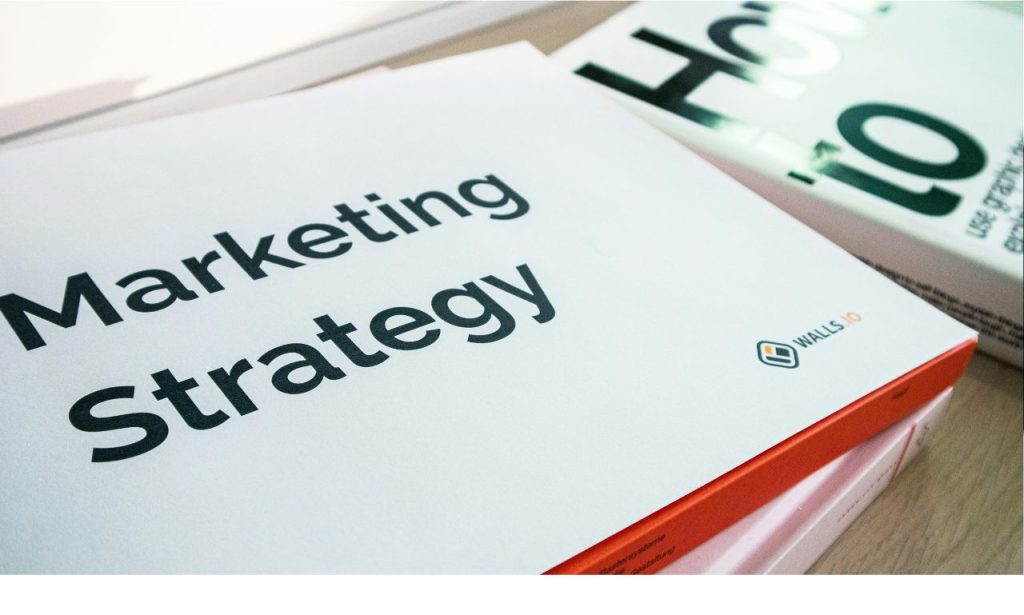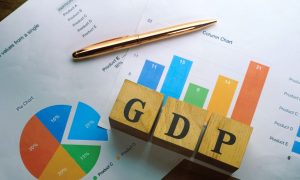Ever wonder why some companies crush their competition while others struggle to stay afloat? After working with hundreds of businesses, I’ve noticed something interesting: those that dominate their markets all have one thing in common—they’ve mastered their customer journey.
In this article, I will show you why focusing on your customer journey might be the most powerful marketing strategy you haven’t fully utilized yet.
It Identifies the Critical Touchpoints
Most marketers waste tons of money on channels that don’t convert because they don’t know which touchpoints matter to their customers.
When you map out your customer journey, you discover those critical moments when customers make decisions. These are the moments that can make or break your business.
For example, I worked with an e-commerce company, pumping thousands into social media ads. After mapping their customer journey, we discovered that their conversion point wasn’t social media—it was their email sequence three days after cart abandonment. This insight allowed them to redirect resources where they mattered, resulting in a 27% boost in sales.
Identifying these critical touchpoints isn’t just about knowing where to focus—it’s about understanding when customers are most receptive to your message. Many businesses completely miss this timing element, but it can dramatically impact their marketing ROI.
It Places the Focus on Building Empathy

Marketing without empathy is like fishing without bait—you might get lucky, but your chances of success are slim.
Creating a customer journey map forces you to step into your customer’s shoes and experience your brand from their perspective. This exercise builds empathy, which is crucial for creating marketing that resonates.
I remember working with a SaaS company whose messaging focused on technical capabilities. After mapping their customer journey and interviewing actual users, they realized their customers cared less about technical specs and more about how the product made them feel confident in their work. This shift in understanding completely transformed their messaging strategy and doubled their trial-to-paid conversion rate.
Empathy built through understanding the customer journey helps you speak your customers’ language. You’ll start addressing their actual pain points instead of what you think their pain points are—and trust me, there’s often a big difference between the two.
Distill Complex Journeys
Your customers research on multiple devices, ask friends for recommendations, read reviews, and compare options—all before they contact you directly.
A good customer journey map makes this complexity understandable. It shows the mess of interactions that lead to a purchase decision and helps you make sense of it all.
This clarity is compelling because it allows you to identify which parts of the journey need simplification. Every extra step in your buying process can reduce conversion rates by up to 10%. Visualizing the entire journey can eliminate unnecessary friction points that cost you sales.
I’ve watched businesses transform their results by simplifying overly complex signup forms or checkout processes that they didn’t realize were driving customers away.
Provide an Opportunity for Personalization
Your customers receive thousands of messages daily, and the only way to stand out is through personalization.
A detailed customer journey map reveals opportunities to personalize your marketing at every stage. You’ll start seeing patterns in behavior that indicate when someone is ready for specific information or offers.
I recently helped a retail brand segment map its journey using customer personas. They discovered that one segment always checked sizing guides before purchasing, while another was more concerned with shipping times. This insight allowed them to immediately create targeted content addressing these specific concerns, increasing their conversion rate by 34%.
The best part? This kind of personalization doesn’t always require fancy technology. Sometimes, it’s as simple as creating different email sequences for customer behaviors or customizing landing pages based on traffic sources.
Identify New Opportunities for Improvement
The beauty of a customer journey map is that it highlights gaps you might never have noticed otherwise.
Every time I’ve worked with a company to map their customer journey, we’ve discovered at least 3-5 significant improvement opportunities that were completely invisible before. These are often small fixes that make a huge difference.
One B2B client realized they had no follow-up process for leads who downloaded their whitepaper but weren’t ready to talk to sales. We implemented a simple nurture sequence that generated 22% more qualified leads from the content they were creating.
These improvement opportunities exist in every business—the customer journey map makes them visible so you can act on them.
Reveal Different Buyer Personas
A comprehensive customer journey map reveals how different buyer personas uniquely interact with your brand. Some customers need lots of information and comparison tools before buying, others want social proof and testimonials, and some want the fastest possible checkout process.
Understanding these differences allows you to create marketing strategies tailored to each persona’s needs and buying habits.
One travel company I consulted with discovered they had three distinct customer types, each with different planning timelines and concerns. By creating separate journey maps and marketing strategies for each, they saw a 41% increase in bookings within three months.
Create More Personalized Experiences

I touched on personalization earlier, but it deserves special attention because it’s a powerful outcome of customer journey mapping.
When you understand exactly where a customer is in their journey, you can deliver precisely what they need. This relevance creates experiences that feel like they were designed just for them.
Consider how Amazon completely changed e-commerce with its personalized recommendations. They understand exactly where you are in your customer journey and what you might need next.
You can create this same level of personalization by using your customer journey map to develop triggered content and offers based on specific behaviors. The stats don’t lie—personalized experiences can increase conversion rates by up to 300%.
Identify Gaps and Unmet Needs
Every customer journey has gaps—places where customers have questions that aren’t being answered or needs that aren’t being met.
These gaps are gold mines for marketers because they represent opportunities to provide value when competitors aren’t. Your customer journey map will help you spot and fill these gaps with helpful content or features.
I worked with a financial services company that discovered a major gap in its customer journey: customers were searching for information about a specific tax implication of their product but found nothing. By creating content addressing this specific concern, the company not only improved its SEO but also increased its conversion rate by 18%.
Why must Marketers Understand the Customer Journey?
But, if you don’t understand your customer’s journey, you’re marketing blind. You’re making decisions based on assumptions rather than actual customer behavior.
Understanding the customer journey gives marketers a strategic advantage in several ways. First, by focusing on the channels and touchpoints that drive conversions, you can allocate your marketing budget more effectively.
Second, it helps you create content that addresses specific customer needs at each journey stage. Instead of generic marketing materials, you can develop targeted resources that answer customers’ exact questions when they have them.
Finally, understanding the customer journey helps you measure marketing success more accurately. Instead of focusing only on end conversions, you can track progress through the entire funnel and optimize each stage independently.
How Does the Customer Journey Influence the Choice of Marketing Channels for a Business?

Your customer journey map should be the primary factor in determining which marketing channels deserve your attention and budget.
Different stages of the customer journey naturally align with other marketing channels. For example, search engines and social media typically play a larger role in the awareness stage, while email marketing and retargeting often drive conversions later in the journey.
By analyzing your customer journey, you might discover that your target audience rarely uses specific platforms you’re investing in or relies heavily on channels you’ve been neglecting.
One retail client discovered through journey mapping that their customers extensively used Pinterest for inspiration before making purchase decisions—a channel they hadn’t been utilizing at all. Shifting resources to create a strong Pinterest presence increased their qualified traffic by 64%.
Remember that channels don’t exist in isolation. Your customer journey map shows how customers move between channels, allowing you to create integrated marketing strategies that maintain consistent messaging across touchpoints.
ALSO READ: How to Increase Sales Effectively
FAQs
A customer journey map is a visual representation of every customer experience with your brand. It helps you understand how customers interact with your business across all touchpoints.
Review your customer journey map at least quarterly and update it whenever you significantly change your products, services, or marketing strategies.
Absolutely. Small businesses often see the most significant benefits because improving the customer journey can help them compete with companies with bigger marketing budgets.
A sales funnel focuses primarily on converting prospects into customers, while a customer journey encompasses the entire relationship, including post-purchase experiences and customer retention.
Start by collecting data about how customers currently interact with your business. Use analytics, customer interviews, surveys, and sales team insights to build a preliminary map, then refine it as you gather more information.




